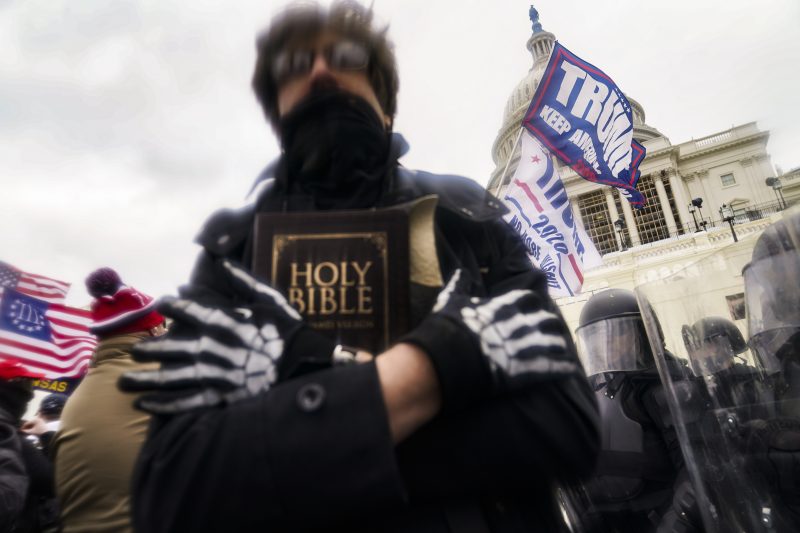In the midst of escalating social unrest and violence across the United States, President Trump has been using a number of subtle yet potent messaging tactics to galvanize his political base and further entrench his positions. These tactics, commonly known as dog whistles, are coded language or symbols that convey specific ideas or attitudes to a target audience while remaining ambiguous to others. Through a deliberate and strategic use of dog whistles, Trump has been able to shape the narrative around the current wave of protests and unrest in a way that reinforces his political agenda and polarizes public opinion.
One of the key dog whistles used by Trump is the emphasis on law and order. By positioning himself as a strong and unwavering proponent of law enforcement, Trump sends a clear signal to his supporters that he is committed to maintaining control and discipline in the face of chaos and disorder. This messaging resonates particularly well with conservative voters who prioritize security and stability, while also serving to demonize the protesters and activists who are calling for systemic change.
Another prevalent dog whistle in Trump’s rhetoric is the characterization of the protests as being driven by left-wing radicals and anarchists. By framing the unrest in this way, Trump is able to appeal to the fears and biases of his base, painting a picture of a violent and chaotic movement that seeks to dismantle the fabric of American society. This portrayal not only serves to discredit the legitimate grievances of the protesters but also positions Trump as the defender of law-abiding citizens against a menacing and subversive threat.
Furthermore, Trump has been using dog whistles to conflate the actions of a small minority of violent agitators with the broader movement for racial justice and police reform. By focusing on instances of looting and destruction, Trump is able to portray the entire protest movement as illegitimate and disreputable, diverting attention away from the systemic issues of racial inequality and police brutality that lie at the heart of the protests. This tactic plays into existing racial stereotypes and prejudices, reinforcing divisions and deepening the polarized political landscape.
In addition to verbal dog whistles, Trump has also employed symbolic gestures and actions to communicate his stance on the protests. For example, his decision to stage a photo op in front of a church after dispersing peaceful protesters with tear gas sent a powerful message of authoritarianism and disregard for civil liberties. This act, while widely condemned, was a clear signal to his supporters that he is willing to take a hardline approach to quell dissent and maintain his grip on power.
Overall, Trump’s use of dog whistles in the context of the current unrest and violence is a calculated strategy to advance his political goals and rally his base. By tapping into existing fears and biases, Trump is able to manipulate public opinion and shape the narrative in a way that serves his interests. As the situation continues to unfold, it will be important for the public to remain vigilant and critical of the messaging tactics being deployed by those in power, in order to ensure a fair and equitable resolution to the underlying issues at hand.
